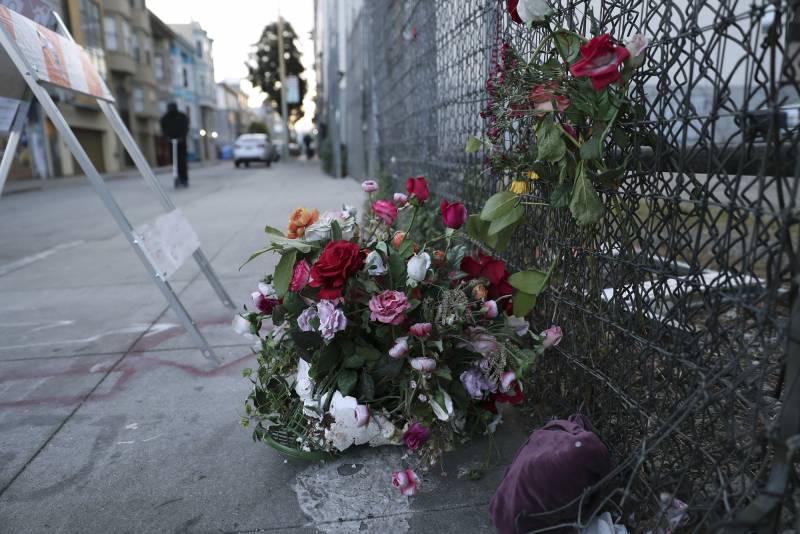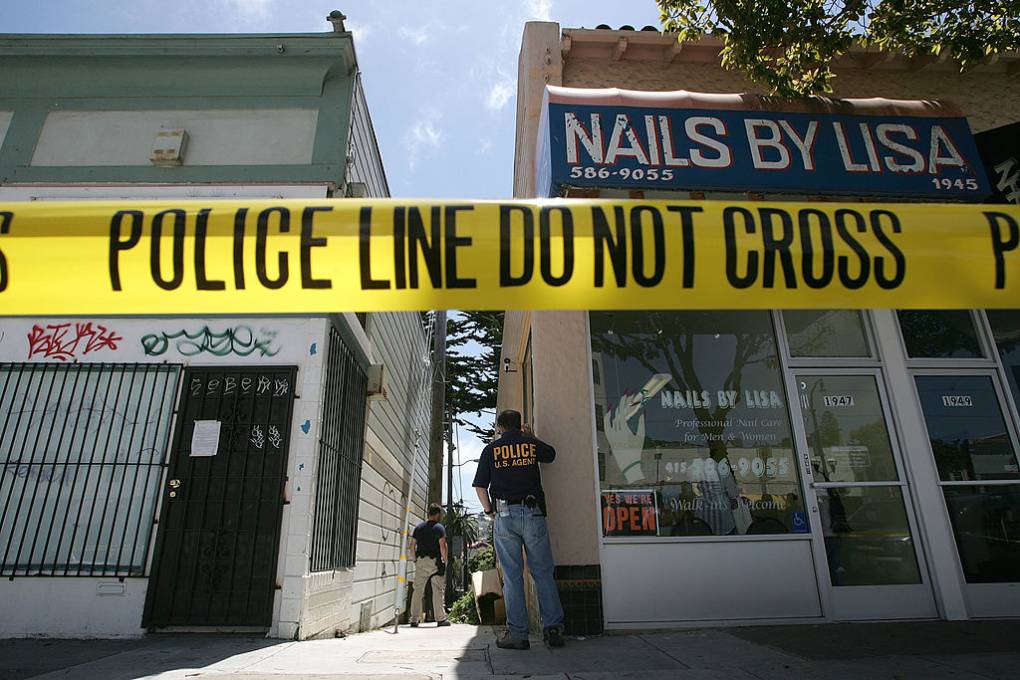“This can help us explain other trends we are seeing and that can help guide our response,” Hom said.
Today’s grim milestone was projected months ago by experts tracking the evolution of the opioid crisis across the country. Before fentanyl arrived in California’s illicit drug supply, roughly around 2019, several East Coast cities saw overdoses skyrocket just a few years earlier, also largely due to fentanyl.
In San Francisco, overdose deaths are concentrated in the Tenderloin and South of Market neighborhoods, medical examiner data shows. The majority of overdose deaths in 2023 were among white San Franciscans. However, rates among Black and Latinx residents are increasing much faster than for white residents.
At Thursday’s press conference, health officials called on the federal government to fund more public health responses to the crisis.
“The fentanyl crisis is a national one, and it’s affecting cities like San Francisco,” Kunins said. “We need the support and resources of the federal government, and this program is an example.”


